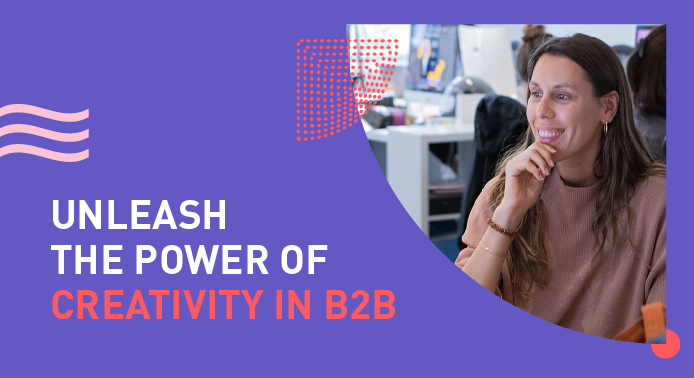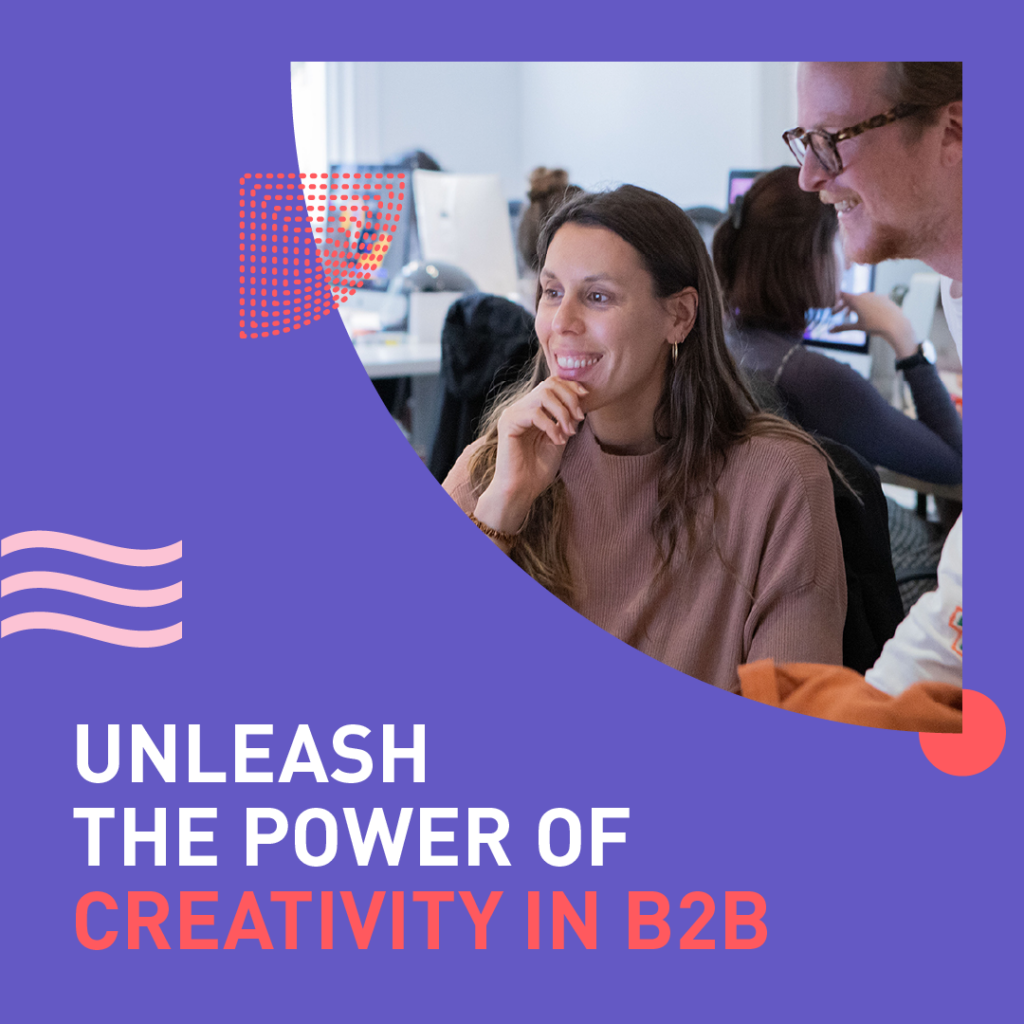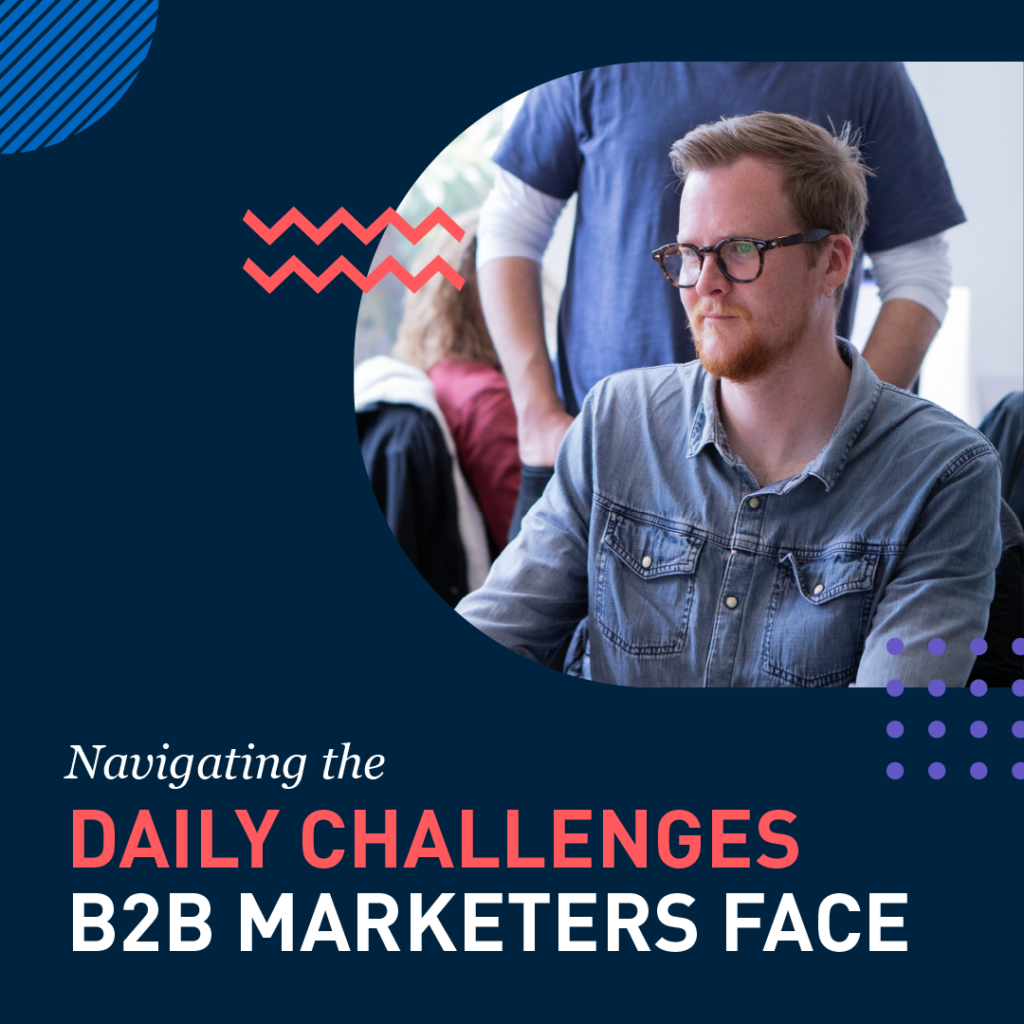
When you’re stuck in a pickle over generating fresh new ideas, it’s okay to remember that creative blocks can happen to anyone. In this article, we explore how the Melons come up with creative ideas, and brainstorm original content. If you’re reading this, you’ve most likely already experienced the common yet nerve wracking feeling of not being able to match the demands of your creative project deadlines. It can be stressful to feel stuck in your ideation. But fear not – we’ve got a formula for brainstorming content that works for us and we want to share with you.
BlueMelon’s 9 top tips for brainstorming content:
- Throw all ideas out without restrictions (blue-sky thinking)
- Check previous content that has worked and analyse why it hit
- Explain your ideas to the group (read out loud)
- Work with some structure – subheadings and categories – to inspire
- Put on a timer to stay on task
- Document the process (e.g. on Miro)
- Vote or rank your ideas in the group to prioritise
- Synthesise and select the idea you want to pursue first
- Keep the brainstorm board open as you never know when fresh ideas will arrive!
Let’s break it down.

1. Throw out all ideas without restrictions
Blue-sky thinking is a form of creative brainstorming which breaks down conventional thought. It taps into childlike freedom to let your mind wander. Basically, if the sky was the limit, what would you suggest? When we throw out all ideas without censoring ourselves, we allow for full creative flow and open new ways of thinking. Some of the possibilities can seem really silly, but what’s a couple of laughs when you stumble upon a gold mine? We like to start the ideation process with an open brainstorm, generally with post-its (paper, or digital), where everyone puts their ideas on the floor to share.
If you’re interested in finding out more about this process, check out our blog on why BlueMelon likes to sponsor creativity where we unpack a bit of the science behind creative thinking.


2. Check previous content that has worked and why
Sometimes, it’s good to go back to the drawing board and elaborate on another existing great idea. Great ideas aren’t made in a vacuum, and geniuses don’t come up with singular thoughts out of nowhere. We find that great creative ideas can come from reworked versions of what is already out there, and resonating with people. In a creative agency, this might look like analysing past campaigns which have performed well. For social media content, consider looking at your highest-performing posts and creating spin-off content. You can also create a series based on the original content.

3. Explain your ideas to a group (read out loud)
Allowing people to focus on their own ideas and articulate them to the group creates golden opportunities for cross-collaboration. Often, ideas which we came up with in step 1 (blue-sky thinking) are easily eliminated or prioritised at this stage. Concepts come to life when you’re forced to explain your idea, and enter into debates and discussions with others.
On the other hand, if your idea requires heaps of explanation then it might not be the greatest idea. Ideas that come from common sense often work the best. Try to avoid making the ideation process more difficult or complicated than it needs to be. Remove unnecessary work, and choose the idea which is simplest and strongest.
Work with some structure to inspire
The key for us in developing a creative idea instead of being stuck in concept mode is setting up some structure from the start. In a Melon brainstorm, we divide the board into headings and subheadings to inspire. For you, this might look like anything from word association, to a visual jumpstart, or mind map. We find that weaving in some sort of framework early on in the process means that we’re less likely to be frustrated by the vast quantity of ideas going nowhere. In fact, one of the giants of modern literature, T.S. Eliot noted that counterintuitively, the imagination works best when under pressure.


4. Put on a timer to stay on task
Timers are an important part of brainstorming for several reasons. Firstly, they keep us on track while we’re balancing many projects at once. Secondly, timekeeping allows us to dedicate an equal amount of time to each topic at hand. When we set timers during brainstorming periods, it helps us stay accountable in terms of covering everything we need to cover, and not running out of time at the end. Lastly, having a little pressure helps the group stay focused, and narrow down to what’s most important to convey. It also helps manage expectations within the group.

5. Document the process
It’s awesome to have great ideas but despite our best intentions, they can vanish from our head in a split second. We make sure to track our creative brainstorm process in a physical form. That might be with pen and paper and different coloured post-its, or for a more visual project by printing out options and creating a working wall. Our favourite tool at the moment for digital collaboration is Miro.

6. Vote or rank your ideas in the group to prioritise
Dot voting can be an effective tool in group-decision making for coming to an agreement. It’s a simple tool used by UX designers for democratic decision-making. We like to use it to give everyone a chance to participate in the decision-making, especially quieter or more junior team members. Basically, each team member is given a number of votes to place next to the idea (or sticky note) which they find most compelling. At the end of the voting session, the idea with the most dots next to it wins. It’s a quick way to reach a consensus and move forward with the creative ideation process.

7. Synthesise and select the idea you want to use first
When we’ve reached a stage where we’re happy with the amount of ideas we’ve generated, our team looks at how we can pull it all together in a meaningful way. Sometimes it’s the job of one, sometimes of a smaller team, to consolidate and synthesise all content. We tend to go a few steps beyond follow-up notes. We end up creating some sort of visual artefact between copy and design teams to communicate our findings and outcomes, in an online whiteboard. We share this with all participants in the brainstorming sessions, and also team members involved in the project later down the track.

8. Keep the brainstorm board open as you never know when fresh ideas will arrive!
Finally, we follow the Design Thinking process and are always open to new ideas popping up when you least expect them (whether that be in the shower, when you wake up in the middle of the night, or after a couple of Friday night margaritas.)
If you’re looking to integrate fun brainstorming activities into your corporate workshops, drop us a line. Book a virtual coffee with us today.







